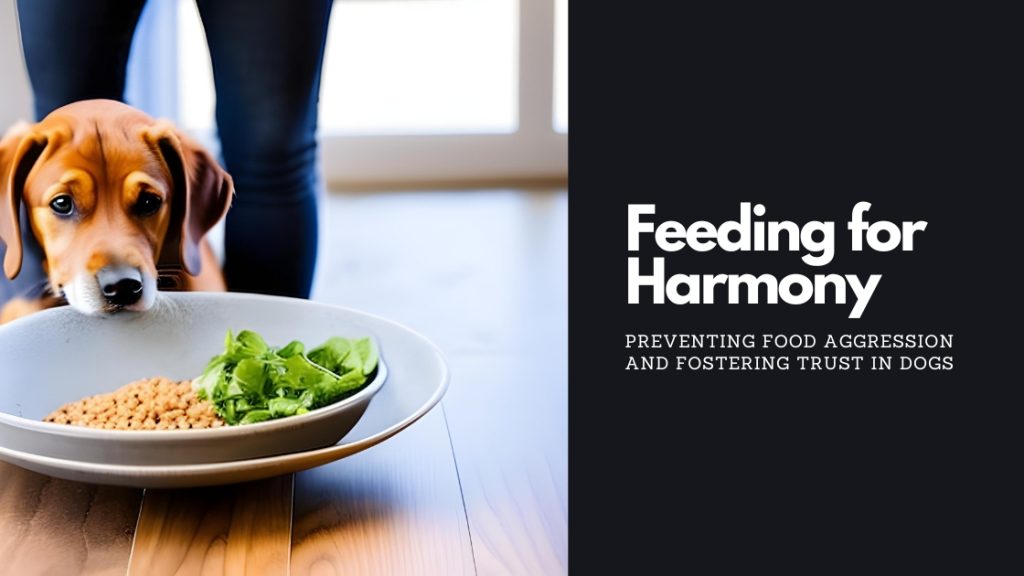Feeding your dog is about more than just giving them food. It’s an important way to prevent food aggression and build trust and respect in your relationship. In this article, we’ll discuss the significance of feeding routines, creating a calm environment during meals, and paying attention to your dog’s needs.
By following these guidelines, you can ensure a positive feeding experience and strengthen your bond with your dog.
The Significance of a Fixed Feeding Time
Establishing a fixed feeding time is essential for a dog’s overall well-being and behavior. By adhering to a regular schedule, you provide structure and consistency, which dogs thrive on. Here’s why a fixed feeding time is crucial:
1. Routine and Predictability:
Dogs are creatures of habit and thrive in an environment with a predictable routine. A fixed feeding time helps them anticipate and prepare for their meals, reducing anxiety and stress.
2. Better Digestion:
Regular feeding times help regulate a dog’s metabolism and promote healthier digestion. This consistency can prevent gastrointestinal issues and maintain optimal weight.
Creating a Calm Feeding Ritual
A calm feeding ritual sets the tone for a peaceful mealtime and helps prevent food aggression. Here are some key considerations for creating a serene environment:
1. Avoid Excitement:
When it’s time to feed your dog, remain calm and composed. Excited behavior can create unnecessary excitement in your dog and contribute to mealtime anxiety.
2. Teaching Patience:
Encourage your dog to wait calmly for their food. This can be accomplished by asking them to sit or stay before placing the bowl down. Teaching patience helps your dog understand that good things come to those who wait.
Being Present During Mealtime
Your presence during mealtime not only ensures that your dog eats properly but also fosters trust and strengthens your bond. Here’s why it’s important:
1. Supervision:
Being present while your dog eats allows you to monitor their eating habits, ensuring they consume their food at an appropriate pace. This is particularly important for dogs who tend to gulp down their food quickly.
2. Preventing Resource Guarding:
Some dogs may exhibit resource guarding behavior, especially when it comes to food. Your presence during mealtime can help discourage this behavior, as the dog learns to associate your presence with a positive meal experience.
Addressing Disinterest in Meals
Sometimes, dogs may show disinterest in their meals. It’s essential to handle this situation properly to maintain a healthy feeding routine:
1. Time Limit:
If your dog shows no interest in their meal within five minutes, remove the food bowl. This helps prevent the dog from developing picky eating habits or snacking throughout the day.
2 Scheduled Feeding:
Ensure that the next meal is provided at the scheduled time, rather than offering additional treats or snacks. This encourages your dog to anticipate and appreciate their regular feeding schedule.
Conclusion:
Feeding your dog properly goes beyond the act of providing food. By implementing a fixed feeding time, creating a calm feeding ritual, being present during meals, and addressing disinterest in meals, you can prevent food aggression and build trust and respect in your relationship with your dog. Remember, a well-fed and content dog is more likely to display positive behavior and strengthen the bond between you and your four-legged friend.



